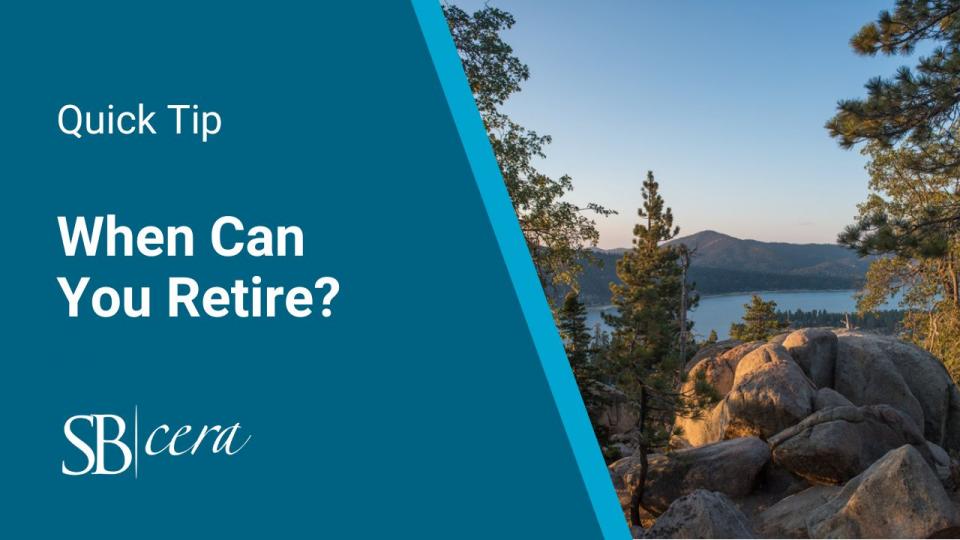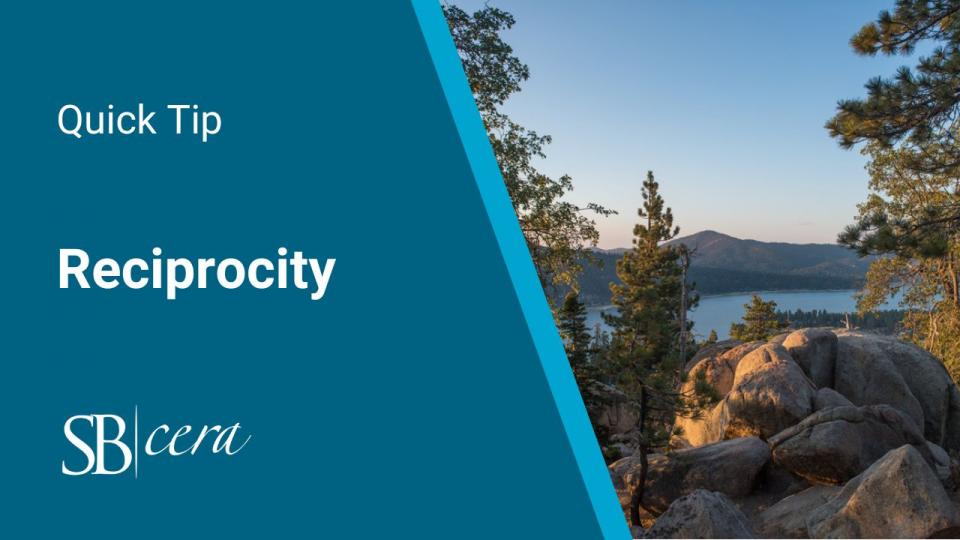Choosing to retire is a big decision. Knowing when you are “ready” to retire versus when you “can” retire are often two different decisions. You may be ready to retire, but unsure whether it’s the right time or if you can afford it. Retirement requires careful consideration and planning. Below are some things you should consider when deciding to retire.

Retirement Consultation Guide
Retirement requires careful consideration and planning. In this guide, we’ve segmented the retirement planning stages into: Before Retirement, At Retirement, and After Retirement. It’s designed to help you clearly understand the retirement process and highlight important information to consider while working towards retirement.
Retirement Consultation Guide 
Retirement Planning Tables
Available for Tier 1 and Tier 2 members, these tables allow you to quickly and easily estimate your future retirement benefit. You can see how your retirement benefit grows as you get older and/or add years of service credit.
Tier 1 Compensation Percentage Tables
Tier 2 Compensation Percentage Tables
Your Retirement Income
Your SBCERA benefit is considered the “foundation for a secure retirement.” While you will earn a lifetime retirement benefit from SBCERA, it is important to think about what other sources of income you will need in retirement. Common sources of income could include social security, real estate, personal savings, defined contribution plans such as a 457(b) or 401(k), mutual funds, stocks, bonds and IRAs.
To determine how much income you will need in retirement, you should consider what your plans are for retirement. Where will you live? What activities would you like to participate in? Do you plan to travel? Once you have a “picture” in mind for your retirement, you can estimate your projected expenses and determine how much income you may need.
Calculating Your SBCERA Benefit
SBCERA offers several resources to assist you in calculating your future benefit. The most useful resource is your mySBCERA account. By accessing your mySBCERA account and creating a benefit estimate, you are able to use data specific to you in calculating your future benefit.
Your benefit is based on a formula that is predictable. It is very much like a mathematic formula. The value of the formula’s factors dictates the outcome. If you make one of these factors higher, the end result will be higher. There are four factors used to calculate your monthly, lifetime retirement benefit from SBCERA:
- Age at Retirement: Every quarter year counts. Therefore, every three months following your birthday your benefit increases. Your benefit will increase because of your age until you reach the maximum age as determined by your benefit formula:
- Tier 1: General Members – Age 65 Safety Members – Age 50
- Tier 2: General Members – Age 67 Safety Members – Age 57
- Years of Service Credit: Your years of service credit increase with every hour worked. Therefore, each pay period your benefit increases.
- Final Average Compensation (FAC): The amount of money you have earned prior to retirement that will be used when determining your benefit. The definition varies based on your tier.
- Tier 1: Your highest 12-consecutive months of earnable compensation at any time during your membership or if you established reciprocity with a reciprocal agency, SBCERA will use the FAC as reported by that reciprocal agency if it is higher. The salary reported by the reciprocal agency may be 12 or 36-consecutive months depending on your membership tier with them.
- Tier 2: The average of your highest 36-consecutive months of pensionable compensation at any time during your membership with SBCERA.
- Benefit Formula (Tier 1 or 2, General or Safety): Your benefit formula is used to determine how to calculate your benefit based on the other three factors. Ultimately, you will receive a percentage of your final average compensation for every year of service credit you have earned at a particular age. For example, the formula for Tier 1 General Members is 2% @ 55. Therefore, a member who retired at age 55 with 25 years of service credit could expect to receive 50% (2% x 25 years) of their final average compensation.
Retirement Eligibility Requirements
Tier 1 Vested: Your SBCERA membership date is prior to January 1, 2013
- You are at least 50 years of age, and you have the equivalent of 10 years of service credit.
- You are a Safety Member, and you have the equivalent of 20 years of service credit, regardless of age.
- You are a Safety member, and 50 years of age regardless of the years of service credit.
- You are a General Member, and you have the equivalent of at least 30 years of service credit.
- You are a member who has reached 70 years of age.
Note: For number 1-4 only, if you did not reach the required years of service credit as an active member, you will become eligible to retire on the date when you would have reached the years of service credit had you continued to work full-time for a participating SBCERA employer so long as you are vested and elected deferred retirement.
Tier 2 Vested: Your SBCERA membership date is on or after January 1, 2013
- You are a General Member, and at least 52 years old.
- You are a Safety Member, and at least 50 years old.
- You are a member who has reached 70 years of age.
Choosing When to Retire
When choosing what day to retire, waiting a month or two can make a difference in your lifetime monthly benefit amount. Keep the following things in mind when choosing your effective date of retirement to optimize your benefit:
- Age/Birthday: Your retirement benefit increases with each quarter year of age until a maximum age (as mentioned above). Therefore, consider retiring on your birthday, immediately following your birthday, or in a three-month interval after to ensure you receive the latest quarter year of age credit available to you.
- Service Credit: The more service credit you have the greater your benefit will be. You can increase your years of service credit by working longer. You can also purchase service credit, if qualified.
- Spring: The cost-of-living adjustment (COLA) is determined in the spring of each year. By retiring on or before April 1, you will be eligible for a COLA if one has been approved for that year. If you retire after April 1, you will not be eligible for a possible COLA until April 1 of the following year.
- End of the Calendar Year: Upon retirement, you may receive lump-sum payments (i.e. cash-outs) for remaining leave accruals from your employer. These payments may be included in your taxable income and could place you in a higher tax bracket.
- Leave Accruals: Some Tier 1 members are eligible to complete cash-outs prior to retirement. If you are eligible to do so, you should consider completing these cash-outs prior to retirement. Doing so, may increase your final average compensation.
You can request a personal benefit estimate from SBCERA for various retirement dates to help understand your retirement options and choose the right time to retire. These estimates include your personal information, anticipated future retirement dates, and projected lifetime monthly benefit. You can request estimates online or by contacting SBCERA.
Deciding to Retire
After deciding you are serious about retiring, SBCERA recommends you take the following steps:
6 Months Prior
- Select your effective date of retirement, mark your calendar and begin your countdown.
- Submit an original or certified birth certificate for you and your beneficiary and an original or certified marriage certificate or domestic partnership registration information, if applicable. You can also bring these documents into SBCERA at any time and they can be added to your account for future reference at retirement.
- Test drive your retirement (optional). Consider living on your projected retirement income for a few months to give it a try.
60 Days Prior
Do you have years until your retirement? Use SBCERA’s Pre-Retirement Checklist to help chart a course for your retirement whether it is 5, 10 or 30 years away.
Your First Benefit Payment
Retirees and beneficiaries are paid once a month on the last business day of the month. You may not receive your first benefit payment for one to two months after retirement. However, your first benefit payment will be prorated based on your effective date of retirement.





